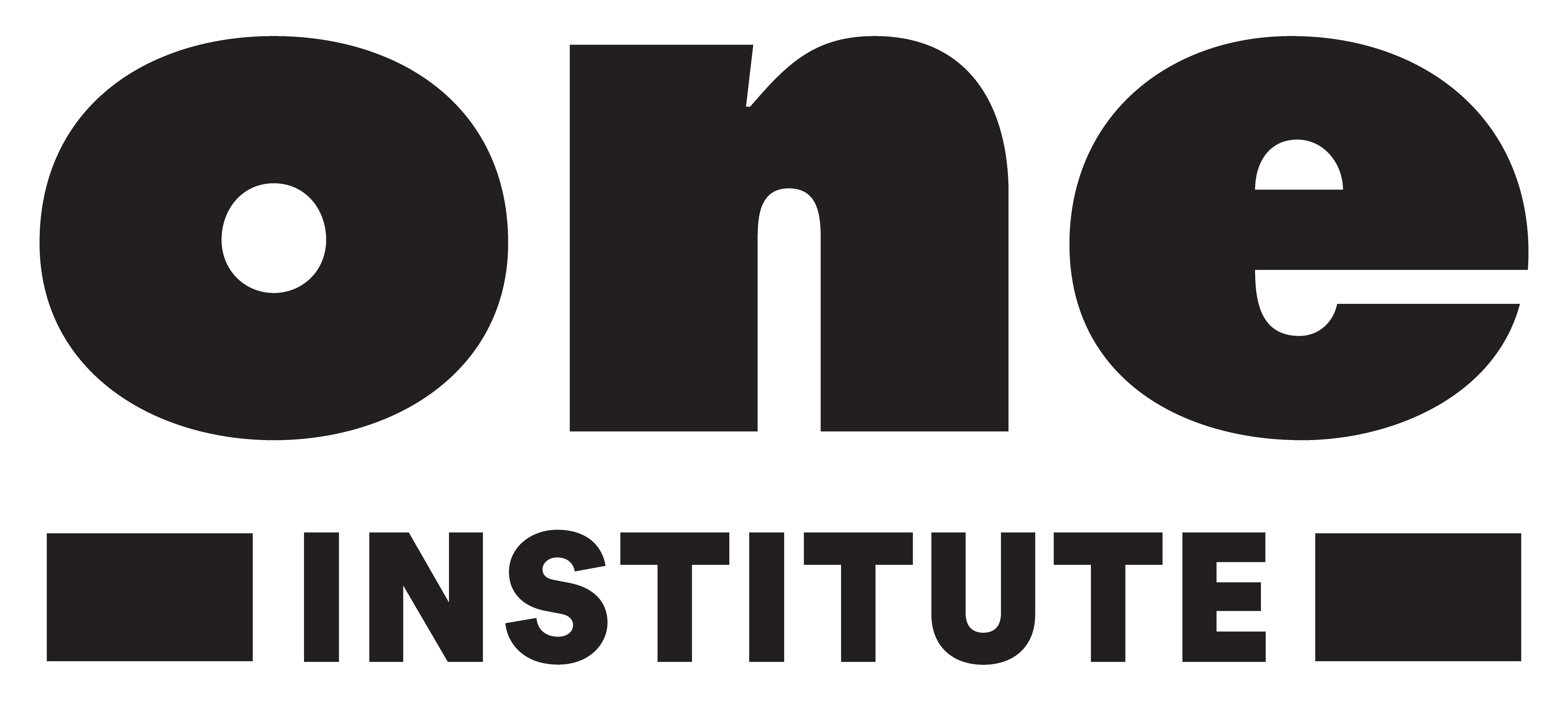Images, Identities, and Communities: Photography at ONE
This article is authored by Nick Simko, from the 2019-20 cohort of the LGBTQ Research Fellowship program at the One Institute.
In my research I look at the interwoven technologies of identity and photography. As a scholar, I often come back to the same question: what can we know about someone from looking at photographs of them? I think that this is an especially interesting problem to consider when looking at peoples’ personal snapshots from the LGBTQ movement from the 1960s through the 1990s. Snapshots tell stories that put the viewer in close proximity to the lives of the people who made them. Unlike fine art photography, these images are also meant to be considered en masse and in-hand as albums and scrapbooks, as opposed to singularly on a wall, behind glass.
During my four-day visit to ONE Archives at the USC Libraries, I was fortunate to have a hands-on look at thousands of photographs and objects, including albums, scrapbooks, and clippings. My goal was to find examples of how gay men authored their identities through the production of photographic images in the context of their own communities. At the same time, I was interested in how these collections of images reflect both radical and assimilationist formations in the LGBTQ community during the period.
On my first day at ONE I looked at the Kenneth Bartmess collection. Bartmess was once a member of the Radical Faeries, a countercultural group of queer men that sought to bridge sexuality and spirituality through the adaptation of Pagan belief systems. Photographs of an early gathering from 1979 showed the religious syncretism of the group. While some of the images show nude men in idyllic outdoor settings, others depict the same men wearing multicolored robes and fantastic face-coverings as part of ritual. This was especially intriguing as Bartmess was a mask-maker and craftsman.
One mask included in the collection depicts Cernunos, a horned deity of ancient Celtic origin that the Faeries invoked as a figurative bridge between gay men and primordial forces of nature. The angular mask, made from twigs, pine cones, and red nail polish, was used at a Faerie gathering held in Colorado in 1980. Another four masks, shaped like pansies, were used in a theatrical piece about queer male experiences. This collection is compelling not only for its rich material diversity but also its affirmation that identity is reflected in a multitude of different shapes and forms.
My consideration of the Bartmess masks and photographs is an inspiring starting point for the work to be developed from the many collections I was able to examine at ONE Archives. I am so grateful to the LGBTQ Research Fellowship Program, because this opportunity allowed me to engage with and bear witness to the lives and times of an extended queer family – which as a queer person and as a scholar was a deeply important and impactful experience.
Image Credits
Top image: Cover of Ten Percent, UCLA’s Gay and Lesbian Newsmagazine, Volume 2, Number 2, November 1980. Cover story: “We’ve Got SPIRIT: stories on the Magic, Meanderings and Meanings of a new Gay Consciousness.” The photograph on the cover features a figure wearing the Kenneth Bartmess Cernunos mask.
First row, left: Cernunos of the Gathering, Mask, 1980. Made on the site of the gathering of Radical Faeries, twigs, pone cone + needles, paper mache, red fingernail polish. [Made by] Kennth Bartmess, Maskmaker & Gay Elder.
First row, center: By Phil Nash taken at the gathering of Radical Fairies near San Diego, CA, August 1982.
First row, right: [Made by] Kennth Bartmess, Maskmaker & Gay Elder”
Second row, left: [Bartmess Collection includes] four flower masks that [were] used in Without Reservations, a theatrical reading of stories from a gay theater group in Los Angeles. Photograph by Wendy Furman.
Second row, right: [Made by] Kennth Bartmess, Maskmaker & Gay Elder”

Nick Simko is an artist, writer, and historian that examines the interwoven technologies of photography and identity. Simko’s photographs, collage, tapestries, and sculptures have been exhibited at museums and galleries throughout the United States including The Walters Art Museum, The Vizcaya Museum and Gardens, Hillyer Arts Space, The Tyler School of Art at Temple University, and Sanitary Tortilla Factory. His work has been published in the University of Pittsburgh culture journal, Contemporaneity, and on Strange Fire Collective. He is a member of the leadership team that serves the Society for Photographic Education LGBTQ Caucus. Simko holds an MFA in Photography from the University of New Mexico and a BFA in Art History, Theory & Criticism from the Maryland Institute College of Art. Simko is Assistant Professor of Photography at Fort Hays State University.








